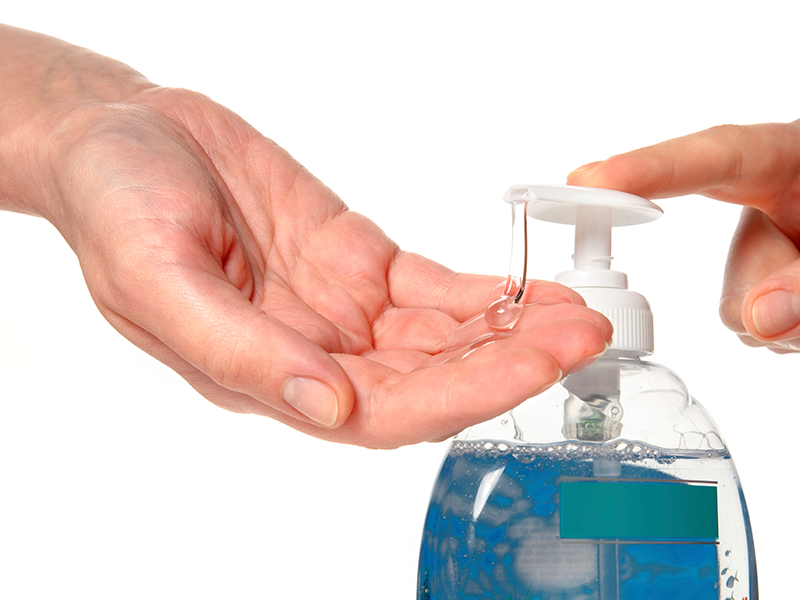Hand sanitizers are becoming more and more popular and many people carry them around constantly especially if they have children. It sounds pretty simple as an alternative to washing your hands with soap and water. It’s quick, portable, and convenient, especially when you don’t have running water nearby but here are some things that you should know about these hand sanitizers before you use them:
– Look at the percentages – When buying hand sanitisers make sure the minimum alcohol content is 60%. If it’s under this percentage, it’s not worth buying as it loses its effectiveness and will not stop the cold and flu viruses from spreading. The bottle says it kills all the germs on your hands. For it to act properly, the concentration of the alcohol needs to be above 60%.
– Avoid Triclosan – many people are not aware of this additive but it is found in nearly every antimicrobial product including gels, soaps and toothpaste. This additive is a known endocrine disruptor. Research shows Triclosan may lead to hormonal disruptions and cause bacteria to adapt to its antimicrobial properties which create more antibiotic resistant strains. Triclosan contributes to making bacteria resistant to antibiotics. Using hand sanitizers may actually lower your resistance to diseases by killing good bacteria, which helps protect against bad bacteria Triclosan is also know to harm the immune system.
– Not a silver bullet – Most people think that if they just use enough hand sanitizer, that they will be safe from the spread of germs. However, no product now on the market can kill everything. An example of this is that it won’t kill the Norovirus – which is responsible for stomach flu. It is important to understand that even with the sanitizer, you are still somewhat vulnerable.
– Dirt and grease – it is also a little known fact that if someone has dirt or grease on their hands, the sanitizers will also not be effective as the dirt and grease form a sort of protective layer on the hands so that the sanitizer cannot make contact with the bacteria underneath.
– Toxic chemicals – If your hand sanitizer is scented, then it’s likely loaded with toxic chemicals. Companies aren’t required to disclose the ingredients that make up the scents and are therefore generally made from dozens of chemicals. Synthetic fragrances contain phthalates, which are endocrine disrupters that mimic hormones and could alter genital development.
You should also look out for parabens, which are in many skin care products. They are used to preserve other ingredients and extend a product’s shelf life.
– Not good for kids – We all know that kids come with the increased liability of touching unclean things and putting their hands in their mouths. And mothers have found the new age solution to their woes – hand sanitizers. But, if you have ever read the fine print behind the bottle you will see a warning telling you to keep it away from kids. That is because your child could be seriously harmed if he/she ingested it. There have been a number of reported incidences of alcohol poisoning in children due to hand sanitizers. While in the case of adults a person would need to swallow large quantities for something untoward to happen, for children a small amount is enough.
Source: Natural News, thestreet.com, thehealthsite.com


